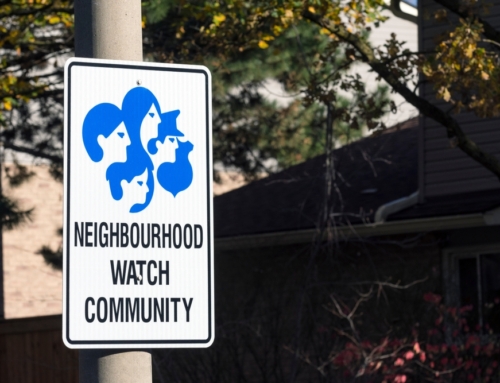Navigating the Perils of Social Media
In an era dominated by the immediacy of social media, sharing the details of our lives has become second nature. However, for high-profile individuals and families, the practice of posting real-time updates on social platforms poses not only privacy concerns but also significant security risks. From enabling thieves to discern when a residence is vacant to potentially attracting the attention of stalkers, the dangers associated with sharing too much, too soon are manifold.
The House That Speaks: Real-Time Posts as a Security Threat
One of the primary dangers high-profile individuals face is inadvertently disclosing their whereabouts in real-time. Posting updates while attending events, vacations, or business trips can inadvertently provide a roadmap for those with malicious intent. The consequences extend beyond mere invasion of privacy; they can lead to targeted criminal activities.
“Before you share anything on social media think first,” says Charles Law of Law Securities and Investigations Inc. “To mitigate this risk, high-profile individuals should exercise caution when posting updates in real-time. Delayed sharing or posting highlights after returning can help maintain the security of their homes.”
1. Home Sweet Target: Thieves in the Digital Age
Imagine a scenario where a high-profile family decides to share their exotic vacation in real-time. While the intention may be to share joyous moments with followers, the unintended consequence could be signaling to potential thieves that the residence is vacant. Criminals adept at exploiting social media might seize the opportunity to target the unguarded home, knowing the family is miles away.
2. Unwanted Attention: Stalkers and Unseen Dangers
Real-time updates not only jeopardize the security of one’s residence but can also attract unwanted attention from individuals with more sinister motives. Stalkers or individuals harboring harmful intentions may use location data embedded in posts to track the movements of high-profile figures. This digital breadcrumb trail can inadvertently lead predators to the doorstep of unsuspecting victims.
To counteract this, it’s crucial for high-profile individuals and families to disable location services when posting on social media. Additionally, consider limiting the circle of individuals who have access to real-time information about your whereabouts to trusted friends and family members.
3. The Art of Distraction: Criminals Exploiting Social Media
While high-profile individuals may be well aware of the risks associated with sharing their location, another potential danger lies in the details shared about daily routines.
Posting habitual patterns, such as daily jogging routes, favorite coffee spots, or children’s school locations, creates a predictable schedule for those with ill intentions.
Criminals can exploit these patterns, waiting for opportune moments to strike. Varying routines and being mindful of the information shared online can thwart potential threats.
4. Tagging Woes: The Pitfalls of Venue Check-Ins
The practice of tagging oneself at a specific venue or checking in at a location can be a double-edged sword. While it provides a sense of connectedness and allows for sharing experiences with followers, it also discloses real-time information about a person’s whereabouts.
High-profile individuals should exercise caution when using location-based features on social media platforms. Consider posting check-ins after leaving a venue or, better yet, refrain from using location services altogether.
Strategies for Safer Social Media Engagement
While the allure of sharing life’s moments in real-time is compelling, high-profile individuals must adopt a vigilant and strategic approach to social media use. Here are some actionable strategies to enhance security:
Delayed Sharing: Instead of posting updates in real-time, consider delaying posts until after leaving a location. This minimizes the risk of alerting potential threats to your immediate whereabouts.
Geotagging Awareness: Disable location services and geotagging features when posting on social media. This ensures that location data isn’t inadvertently shared with the public.
Limiting Access: Be mindful of who has access to your real-time location information. Restrict the circle of individuals who can view such updates to trusted friends and family members.
Varied Routines: Introduce variety into daily routines to avoid predictability. This makes it challenging for anyone monitoring social media to discern a consistent pattern.
Security Consultation: High-profile individuals and families may benefit from consulting with security experts or engaging the services of firms specializing in personal security. These professionals can provide tailored advice on minimizing risks associated with social media use.
Educating Family Members: Ensure that all family members, including children, are aware of the potential dangers of oversharing on social media. Establish clear guidelines for what is safe to post and what should be kept private.
Regular Security Audits: Conduct periodic audits of your online presence to identify and rectify any unintentional disclosures of personal information or real-time location data.
Balancing Connectivity and Security
The allure of social media often lies in its ability to connect us instantly with a global audience. However, for high-profile individuals and families, this connectivity comes with heightened security risks.
Striking a balance between sharing life’s moments and safeguarding personal security requires a thoughtful and informed approach to social media use. By adopting prudent strategies and staying vigilant, high-profile individuals can navigate the digital landscape without compromising their safety and well-being.






